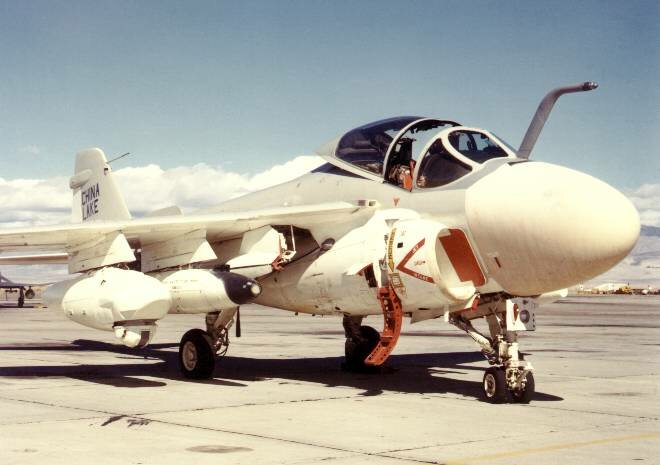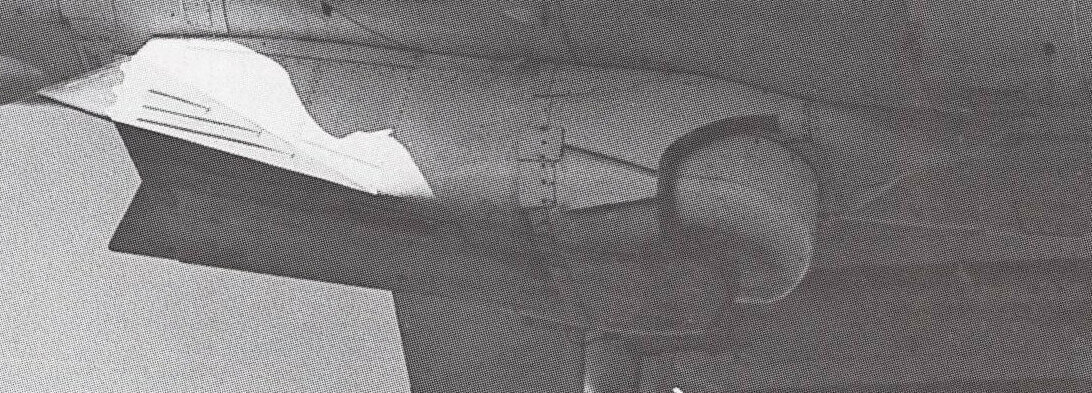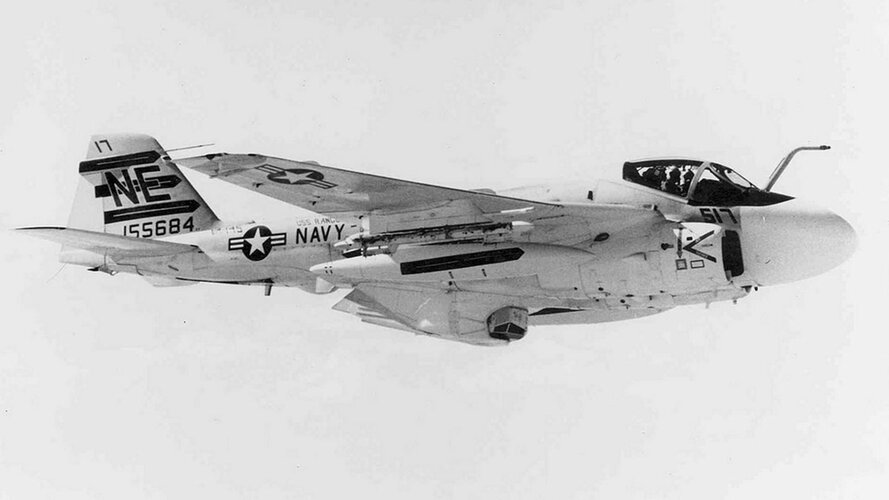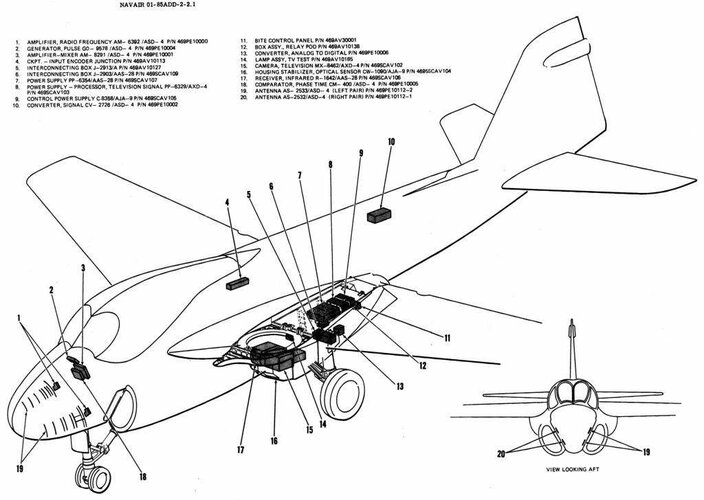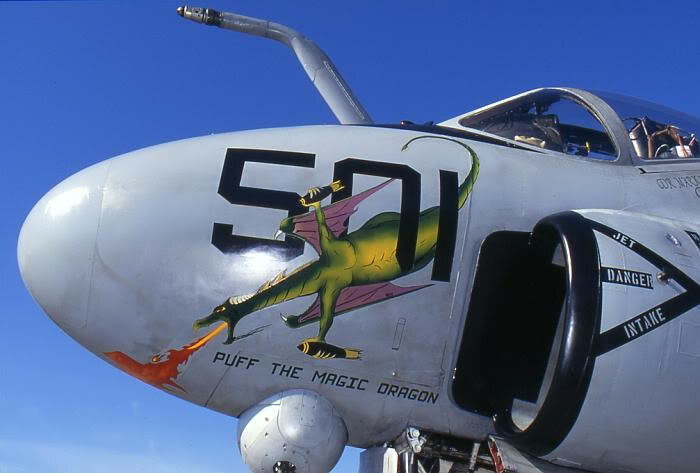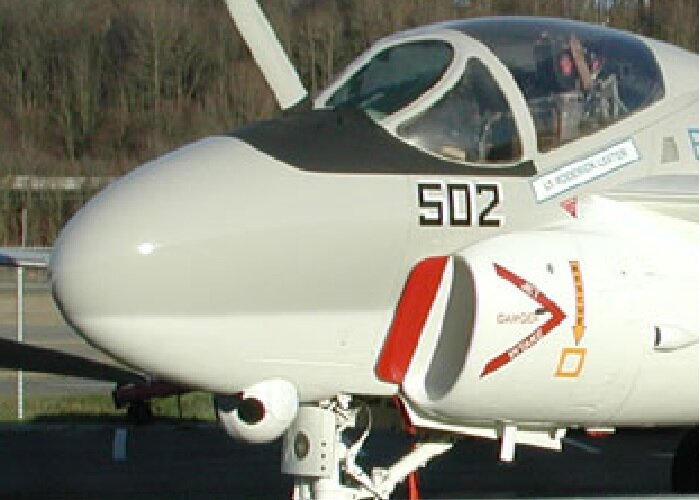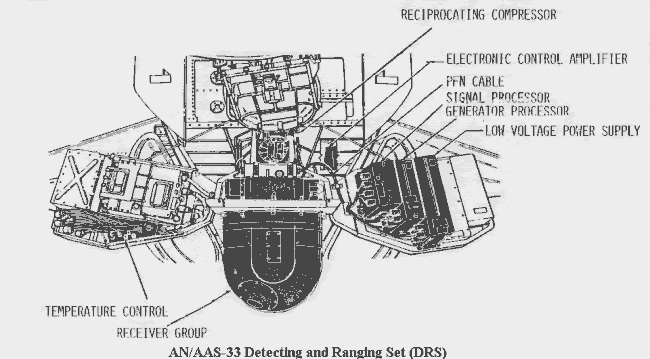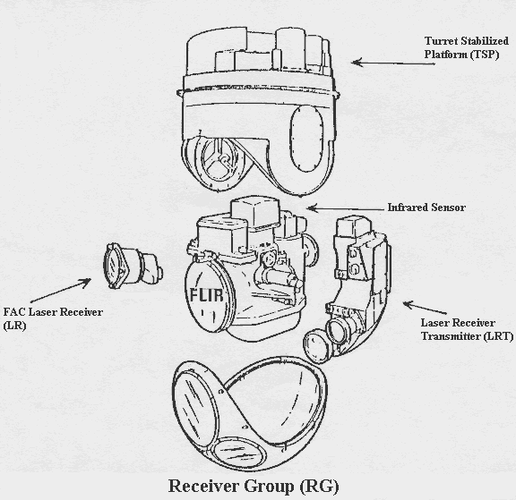Scott Kenny
ACCESS: USAP
- Joined
- 15 May 2023
- Messages
- 11,589
- Reaction score
- 14,252
Pardon me, binging threads again.
101: 40" diameter, 127" long. (Can't find specs for the 22R online)
593: 48" diameter, 159" long.How much bigger was Concorde's Olympus 593?
101: 40" diameter, 127" long. (Can't find specs for the 22R online)
Or you use all that freed up space for fuel tanks and get your range back!1. We were used to draft Requirements for Replacements to circulate the day after contract for the predecessor, but TSR.2 should have been different when launched 1/1/59 - cost was to be unprecedented; it would only be operable because RAF was to be all-Regular, so able to cope with avionics complexity. Surely to serve for a decade or more. Yet (Joint) OR.346 (inc. for its replacement) was promptly initiated...because TI had publicly displayed silicon chip I.C 12/9/58, landscape changer, (which should have been seen as) eliminating need for the forward fuselage eqpt. cavern and its temp/vibration confusions. So admitting a lighter, smaller, cheaper platform

